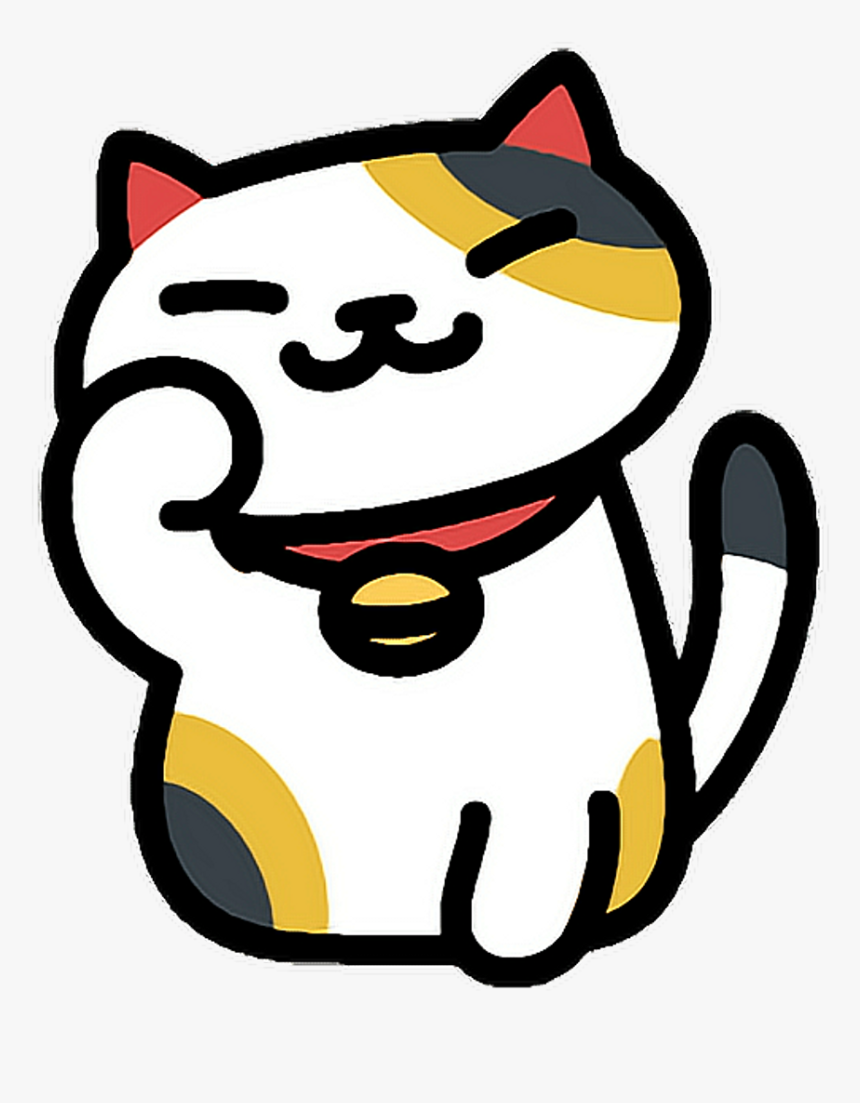
Neko Cat Nekoatsume Cute Simple Kitty Game Japanese Cute Neko Atsume
This is a complete guide to Japan's "maneki neko" or "lucky cat," long considered to grant people luck. To this day, maneki neko remain popular and are sold as decorative items or given as a gift when a new shop is opened. This article will cover a variety of topics, including the history of maneki neko, the benefits t

The ManekiNeko, Beckoning Cat About Japanese Culture
Posted: Monday, January 30, 2023 The maneki neko statue, also known as the lucky cat, is a symbol that is instantly recognizable all around the world. You can find these lucky cats in businesses, homes, and restaurants from Japan to Europe and the United States.
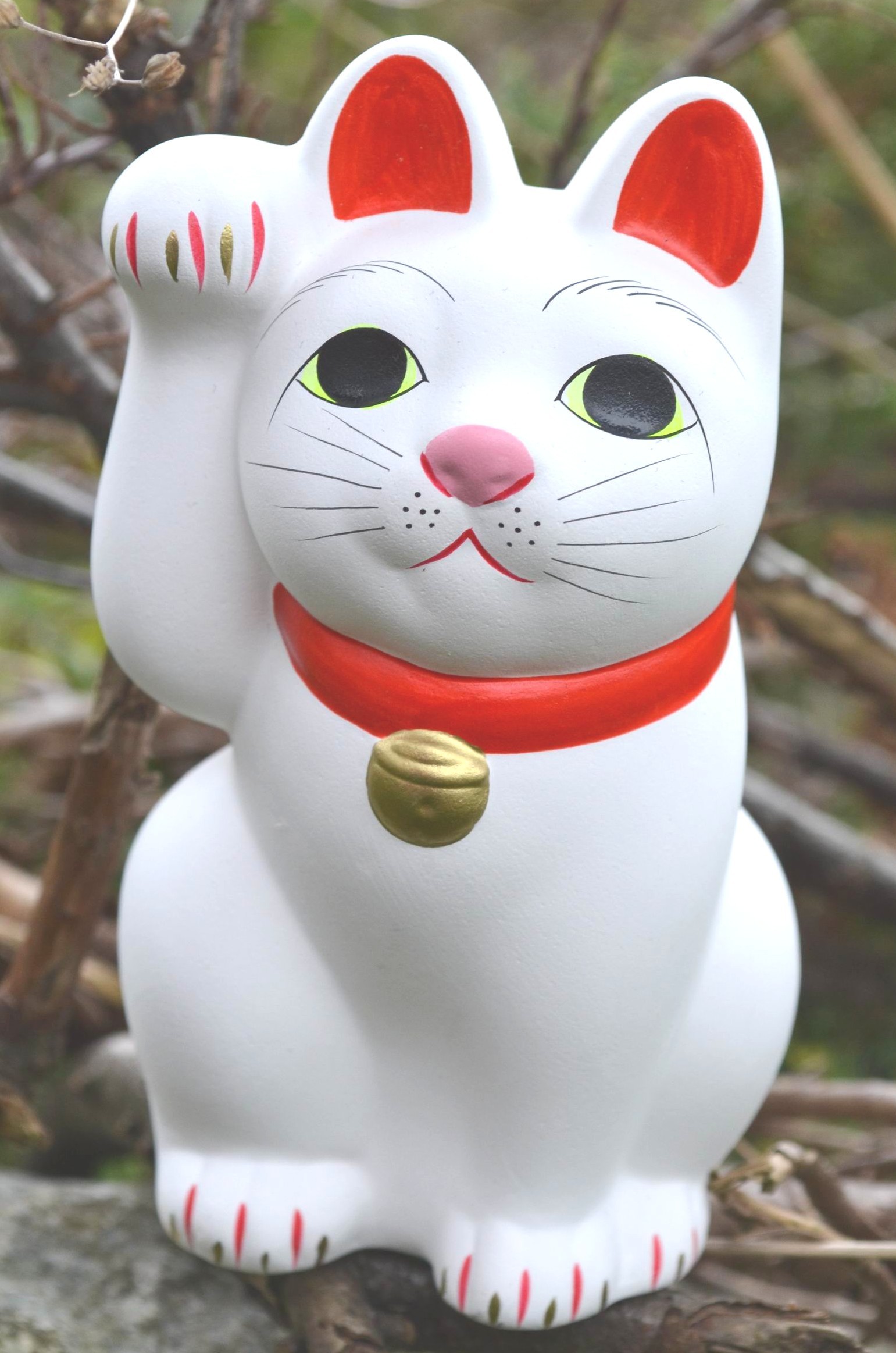
Japanese Lucky Cat Wallpaper (48+ images)
Maneki-nekos have overrun the temple where the legend was born. By Richard Morgan. January 8, 2024 at 7:00 a.m. EST. Thousands of waving maneki-neko (beckoning cat) statues at Gotokuji temple.
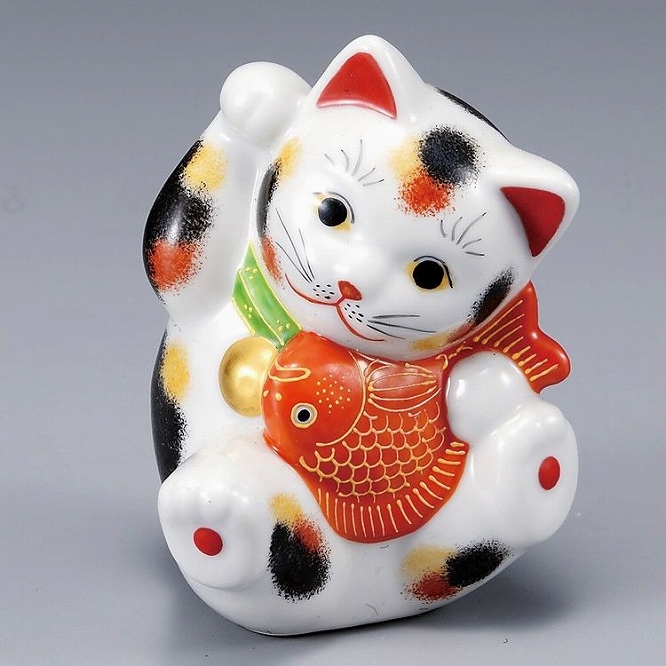
A Simple Guide to Maneki Neko (Lucky Cats) in Japan
The most famous cat 🐈 in Japan, and for a long time now, is the Maneki-neko, meaning "the cat who welcomes" or " lucky cat " 🍀😸. And for good reason: key element of popular consumerism, it can be found everywhere as a figure, in particular: next to cashier machines, to invite clients to pay their purchases or meals; by dozens and with.

Maneki Neko Japanese Lucky Cat Stock Photo Image of japan, beckoning
Folk legends As with the nekomata, another cat-like yōkai which is said to evolve from a cat whose tail split into two when it grew old, there are folk beliefs across Japan about aged cats turning into bakeneko.

Manekineko The History of the Japanese Lucky Cat CatGazette
The maneki-neko (招き猫, lit. 'beckoning cat') is a common Japanese figurine which is often believed to bring good luck to the owner. In modern times, they are usually made of ceramic or plastic. The figurine depicts a cat, traditionally a calico Japanese Bobtail, with a paw raised in a beckoning gesture.
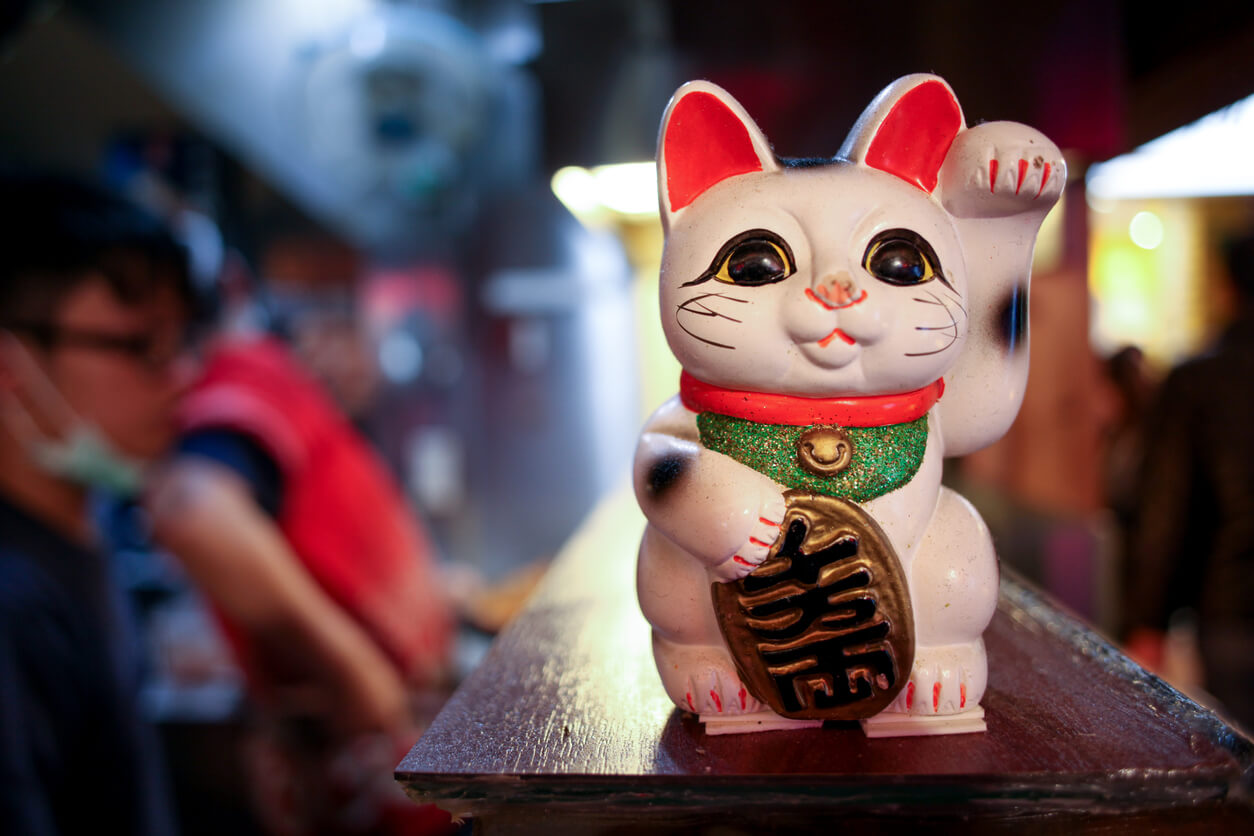
Manekineko The History of the Japanese Lucky Cat CatGazette
The name 'mankei neko' can be attributed to the cat's welcoming paw, as the literal translation is 'beckoning cat.'. Lucky cats are most often ceramic, however, you may find them made from any number of materials-from wood or plastic, to luxury lucky cats made from jade or gold. Even in modern times, maneki neko are still prevalent in Japan.
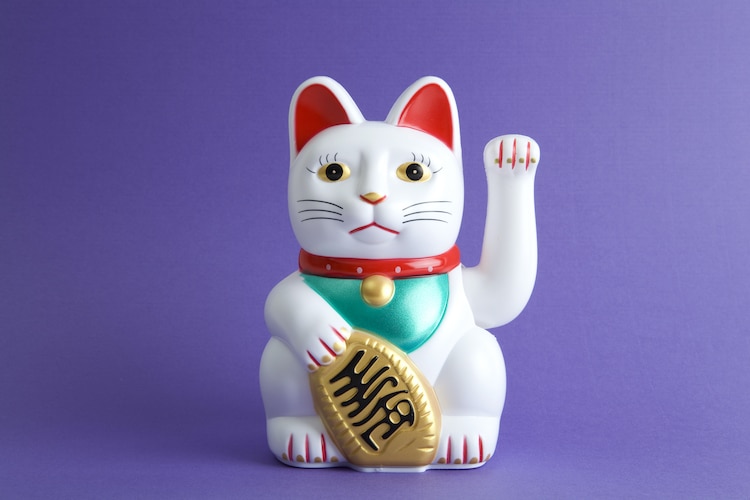
What Is ManekiNeko? Discover the Fascinating History of the Japanese
Maneki-neko, translated as beckoning cat but also known as lucky cat or welcome cat, is recognisable internationally, often found behind cash registers of restaurants and retail outlets -.

Maneki Neko, Japanese Cat, Japanese Culture, Japanese Things, Japanese
Gotokuji Temple, located in the Setagaya ward of Tokyo, is a Buddhist temple that is said to be the birthplace of the maneki-neko, or "luck-inviting cat figurine." These small statues, which portray a cat sitting up and beckoning with its front paw, have become quite popular all over the world with cat-lovers. Although there are many different kinds of maneki-neko raising either their.

Pin by Liz He on Projects to try Lucky cat tattoo, Maneki neko, Neko
Maneki neko is a traditional Japanese figurine to cultivate prosperity, especially in business. It's a traditional cat statue typically placed near the front of Japanese-owned businesses to greet and attract customers.

ManekiNeko The Mysterious Waving Kitties of Japan InsideJapan
The maneki-neko, also known as the welcoming cat, lucky cat, money cat, happy cat, and beckoning cat, dates back to the 17th century and has since become one of the most popular.

Maneki Neko Japanese Lucky Cat Stock Photo Download Image Now iStock
The Maneki Neko is a Japanese figurine representing a sitting cat with one of its front paws raised as a sign of welcome. This small and "welcoming" cat has, according to its color, a different meaning, but it is especially known to bring happiness, luck and good fortune to its owner.
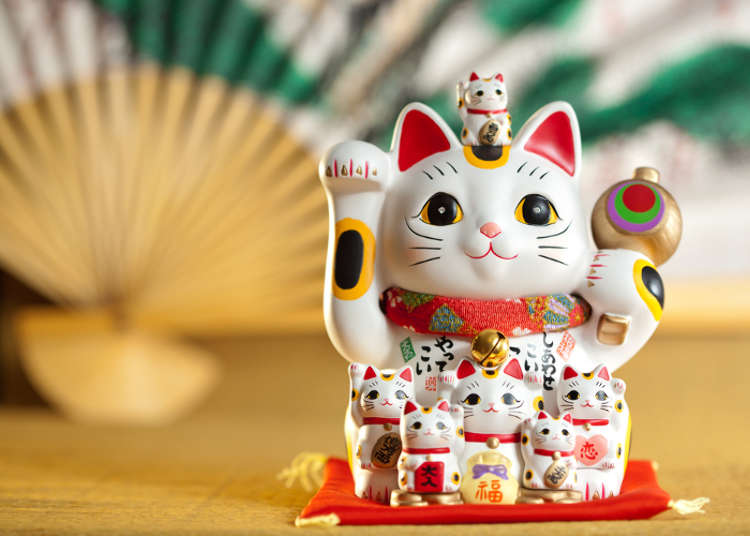
Maneki Neko The Lucky Cats of Japan LIVE JAPAN travel guide
The Maneki-Neko or beckoning cat (招き猫) is believed to bring good fortune to many businesses and owners. It also comes with different names such as the money cat, happy cat, lucky cat, and welcoming cat. It is a very popular Japanese figurine that depicts a Japanese Bobtail cat with its paw raised in a beckoning gesture.
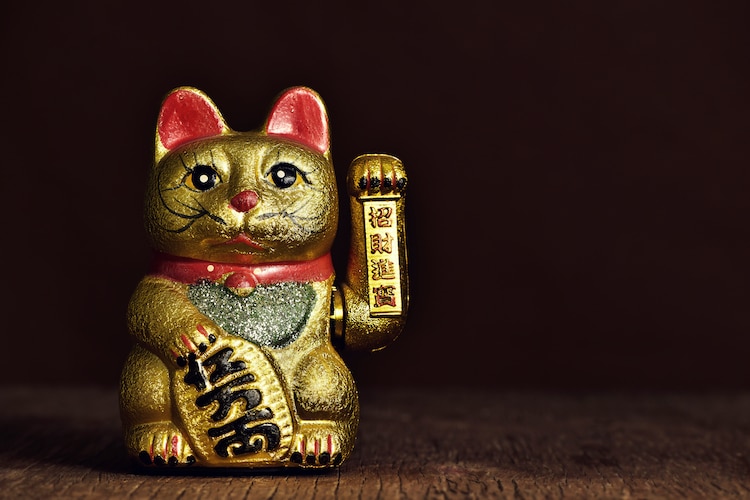
The History and Meaning of ManekiNeko The Japanese Lucky Cat
1. What Maneki Neko Means A Maneki Neko is also known as a Lucky Cat or Fortune Cat. Photography by Danny Smythe / Shutterstock. Fortune Cat is known as Maneki Neko in Japanese, which.

Pile of Cute Japanese Maneki Neko Cat Figurines of Different Sizes
With a stoic or laughing air, a malicious cat invites you, with a sign of the paw, to enter such a shop or a restaurant. This iconic feline of Japanese storefronts is none other than the maneki-neko , an essential lucky charm supposed to bring luck and wealth. In Japanese popular culture, maneki-neko comes in the form of a piggy bank, socks, patterns for noren (Japanese curtains), and other.

Maneki Neko by mewitti Cat tattoo, Lucky cat tattoo, Neko cat
The Japanese Bobtail is a breed of domestic cat with an unusual bobtail more closely resembling the tail of a rabbit than that of other cats. The breed was first developed in Japan, and registered officially in the 1960s. The breed has been known in Japan for centuries, and it frequently appears in traditional folklore and art.